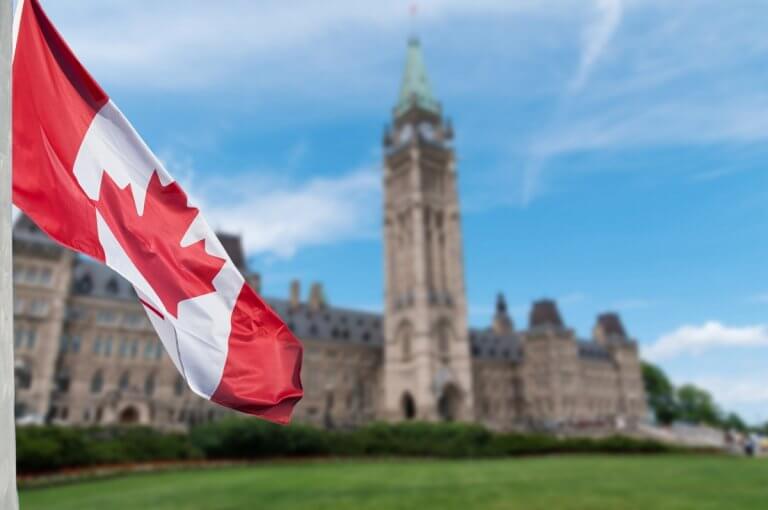
Full fee transparency. Improved support services. Efforts to gauge and measure international student experience.
These are some of the key reforms to international education that Canada’s Ontario government has highlighted in its International Postsecondary Education Strategy 2018. The strategy, released last Tuesday, is part of the government’s push to prepare its youth for a future workforce that will require more internationally-educated and mobile workers.
The report noted that the province’s international student population has steadily increased since 2009, today accounting for 15 percent of all students enrolled in public postsecondary institutions there.
“With this vibrant international student body comes the need for a renewed international postsecondary education strategy for Ontario: one mindful of the vital linkages between education, innovation and
the economy, and puts students at the centre,” the strategy report says.
Ontario’s Advanced Education and Skills Development Ministry identified a lack of fee transparency, inadequate support services and insufficient monitoring of the international student experience as limiting the potential of the international academic community.
Currently, yearly tuition fee increases are uncapped for overseas students in Ontario who already pay CA$33,000 (US$25,500) in tuition fees, according to The Globe and Mail. This can create fee anxiety as students are unsure if they’ll be able to afford their tuition each year.

Increasing fees is ruining international students chance of graduating. Source: Shutterstock
Minister Mitzie Hunter told The Globe and Mail: “What we believe is that once an international student enters a program they should have some sort of predictability from the start of the program to the end so they understand what the total cost is going to be.”
Some critics worry that the fees proposal lacks any weight of implementation.
Andrew Clubine, the president of the Ontario Undergraduate Student Alliance (OUSA), told the publication:
“There is no indication that this would actually address concerns of predictability, that there is any mechanism in place to make institutions do this.”
OUSA has reportedly called for universities to provide the full cost international students will have to pay for tuition before they enroll, to ensure that students can complete their degree without running into financial trouble.
The strategy also encourages integration between domestic and overseas students to help create a richer learning experience.
Where else can you get a fantastic education, freedom, complete integration into society, and ultimately become Canadian 🇨🇦#student #success #education #educators #Canada #highered #Careers #internationalization https://t.co/EBGu66j98t
— Dr. Natasha Mrkic Subotic (@natashamrkic) March 4, 2018
“With students seeking not only academic knowledge but also to gain cultural experience, the opportunity to integrate and interact with domestic students is a key attractor,” explains the 2018 plan.
Cultural integration is a key factor in creating ‘global citizens’, a study released last month said.
According to the study, 50 percent of international students across five countries felt they were not integrating into their new society meaning they are not cultivating the necessary skills to be ‘global graduates.’
Canada’s emphasis on cultural exchange will help create graduates who are “internationally
educated, knowledgeable and mobile workers,” as is currently demanded by 77 percent of global CEOS, according to the 2017 ‘Global Mobility Survey’ by the Candian Employee Relocation Council cited in Ontario’s education strategy.
Hunter said in the strategy: “The message is clear: we are all stronger when we’re together, and when we engage with people from around the world. Let’s use international education to tap into that potential.”
Liked this? Then you’ll love…
Want a scholarship to fund your studies in Canada? 🍁 Here’s how…







